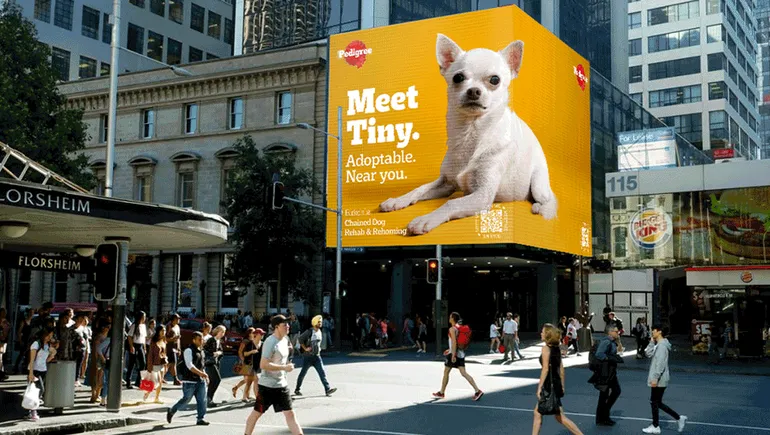
What is the future for Google and competitors’ search offerings?
Capitol Hill has been increasingly interested in the workings of the Internet search industry over the past 18 months, having called Google before Congress last year, and launching an antitrust investigation into tech giants this year.
Congressional representatives time and again betray their lack of understanding of the details of how the Internet works, but some of the fundamental questions that Congress has been asking are questions that cut to the core of how to thrive in today’s evolving digital eCommerce industry and ecosystem.
How Much Internet Search Is There?
Jumpshot analyzed 24 billion searches conducted by consumers in the US since January 2016 to gather some insights. This particular analysis focused on searches on desktop computers as well as Android mobile phones; voice search, app search. iOS devices were not quantitatively included.
Focusing on the dominant search provider, the data suggest that, on Google proper, there are about 789 million desktop searches, and 925 million Android searches in a typical day in the US— figures that rise 25-30% if you include searches on Google’s extended family of Google Images, Google Maps and YouTube.
The number of Google web searches is actually trending down – about 10-15% since January 2016. It’s hard to quantify if this reflects a true decline in consumer engagement with Google or just a shift of some search activity to the Google app and Google Home devices. It’s doubtful that Google is being used less or becoming less relevant in consumer’s lives.
On Android phones, for example, the data show that use of the Google app is strong, growing, and well ahead of other search apps. In May 2019, 82% of Android phones were used to access the Google app, up from 77% just since January 2019; for other search apps, this figure is less than 5%. Google app users access it four times a day, twice the rate of other search apps.
Which leads to the next question: What is Google’s share of search? On the desktop, Google gets 61% share of searches, up from 52% in January 2016; on Android, Google gets 76%, up from 65%. The share of searches for Google’s extended family is about 90% on desktop, and 95% on Android, both figures essentially unchanged over the past two-and-a-half years.
Google’s raw volume of searches is down — so if their share is stable or rising, then it follows that competitors are losing even more volume. And that’s precisely what the data shows. Bing’s search volume is down about 60% since January 2016, and Yahoo’s is down about 45% (both are tiny compared to Google, getting less than 5% of Google’s search volume).
Two rising search competitors stand out. The first is Amazon, which has surpassed legacy search players Bing and Yahoo to be a distant #2 behind Google. Amazon gets 38 million desktop searches a day and 18 million on Android. Think about that. Amazon search volume is 5% of what Google gets on desktop, and 2% of what Google gets on Android — and that’s enough for second place.
Of course, the nature of search on Amazon is different from a search on Google. Search on Amazon is more product-related and lower-funnel. Search terms on Google are more likely to be branded and reflect that consumers often use Google simply to get to their most heavily-used sites.
Even within the more specific area of product search, Amazon and Google get qualitatively different kinds of search. Specifically, Google gets more branded search, while Amazon gets more unbranded searches focused on generic descriptors in utilitarian categories. For example, Amazon gets most of the search volume for “headphones” and “earbuds,” while Google gets more searches related to “Bose noise-canceling headphones” and “Airpods.” In women’s fashion, the top Amazon searches are generic terms like “leggings for women,” while the top searches in the category on Google are brand names such as Forever 21 and H&M.
Another search player worth noting is the house that anonymous search built: DuckDuckGo. Again, its volume is a tiny fraction of Google’s, but its growth rate has been impressive.
A Surprising Echo of the Past
If today’s content-rich Google Search Engine Result Pages (SERP) look familiar, it may be because they look like AOL’s interface from 20 years ago. Google and AOL evolved similar interfaces because they have a shared aspiration: to become an ecosystem that is content-rich, visually-appealing, and carefully-curated to meet consumer needs so well that consumers don’t have to leave for the wild, wild west of the internet at large.
Google today is the peak form of the old AOL model: leverage the ecosystem, curate the experience, meet consumer needs so they don’t have a reason to leave, and better monetize them if they do leave. To find growth, they’ll increasingly go downstream, largely with retail/brand partners, and play in the eCommerce space more directly.





